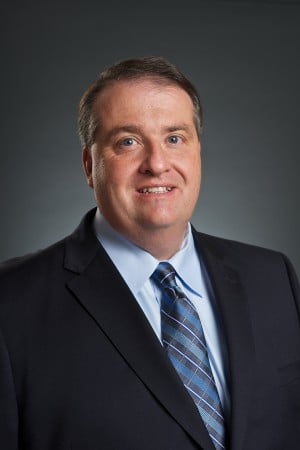
20120802, Thursday, August 2, 2012, Kingston, MA, USA, LIGHTCHASER PHOTOGRAPHY, Members of the Partners Benefit Group have their portraits taken at the Indian Pond Country Club on Thursday August 2, 2012. ( lightchaser photography 2012 © image by j. kiely jr. )
Name: Michael J. McKenna
Title: CEO, Comprehensive Benefit Administrators
Age: 52
Industry experience: 25 years
Health care costs are rising and companies are getting creative if they want to provide the most comprehensive plans for their employees in a cost-efficient manner. Michael McKenna has been helping financial institutions do this for 13 years, when he launched Norwell-based Comprehensive Benefit Administrators in 2005.
The company provides creative funding solutions for group health insurance, in addition to range of other offerings such as compliance and creative claims administration designed to implement cost savings options that employers cannot access on their own. The company also administers better known claims reimbursement options such as flexible spending accounts, health reimbursement arrangements and health savings accounts.
Prior to launching Comprehensive Benefit Administrators, McKenna worked for 10 years at Blue Cross Blue Shield and then for another five years at an insurance agency that specialized in creative funding of group health insurance, where he was eventually elevated to principal. Banker & Tradesman caught up with McKenna to discuss solutions his company offers and how banks and credit unions can offer the best possible health care packages to their employees.
Q: What has your experience been like working with banks and credit unions? Do financial institutions tend to offer better or worse coverage than other industries?
A: Our firm currently manages employee benefits for more than 70 banks and credit unions, ranging in size from very small organizations to very large. While the size of the lending institutions varies, what is consistent among banks and credit unions is the desire to offer very strong benefits. There is most definitely a culture of “first dollar health insurance” benefits generally not found in other industries. Financial institutions tend to hang on to the status quo longer than other organizations.
Q: As the cost of health care has gone up, have the health care plans that banks and credit unions purchased become more or less beneficial for employees?
A: As the cost of health care has risen, inevitably all employers have needed to pass along some more out-of-pocket exposure to the consumer. Although slower to happen with banks and credit unions, we are seeing a definite trend of “less rich” plans, but they are frequently coupled with other programs designed to lessen the impact of higher copayments, deductibles and premiums.
Q: You mentioned that your company has designed some special solutions for your clients. What do these programs do?
A: We have developed programs that provide a “win-win” for the financial institution and consumer. For example, we manage two primary strategies embraced by this industry.
First, we developed our health claims avoidance program (HCAP). Because our runaway health care costs largely stem from the exorbitant per-unit cost of providing care in the U.S., it became necessary to find options for employers and members by looking outside the box.
That led to the creation of HCAP. It provides members with a health plan with alternative ways to pay for some services outside of the company group insurance plan. This in turn lowers an employer’s claims cost.
Here’s an example of what may be included in HCAP. Member copayment telemedicine is capitated outside of the insurance and does not produce a claim, and the cost is $300 per episode ordinarily run through insurance. Another key component is an alternative platform for purchasing prescription drugs. Under this platform, the consumer might see a list of thousands of generic drugs with pricing below what they would pay through their insurance.
Access to government-paid or manufacturer-paid drugs can be covered outside of insurance, saving real dollars for the company health plan. This and many other benefits of the plan provide a substantial return on investment and lowers the employer and consumer health care expenditure.
Another proprietary strategy is called an “aggregating surplus.” Our company will locate a more beneficial health insurance option for the employer to buy, who then will self-insure many of the smaller claims through premium savings. Couple this with the HCAP program, this may generate a surplus on claims that otherwise would have been eaten up by the health plan.
Q: What advice would you give to banks or credit unions seeking to lower the cost of insurance benefits?
A: Do your homework! Look at the plan you currently have and make sure it is the right plan to suit your particular financial institution. Shop around if the options you review annually seem stale and don’t be afraid to ask the tough questions. With our unemployment level at an all-time low, there is real urgency for institutions to do their utmost in the areas of employee attraction and retention. A properly designed health care strategy can be fiscally good for the financial organization and provide great benefits for their employees.
McKenna’s Five Recommendations for Better Health Care:
- Understand that insurance is not the problem.
- Telemedicine reduces health care costs.
- We should mandate a “second opinion” option separate from insurance.
- We need a comparative prescription drug environment.
- We must understand the causes of our health care issues; otherwise we only treat the symptoms.




 |
| 